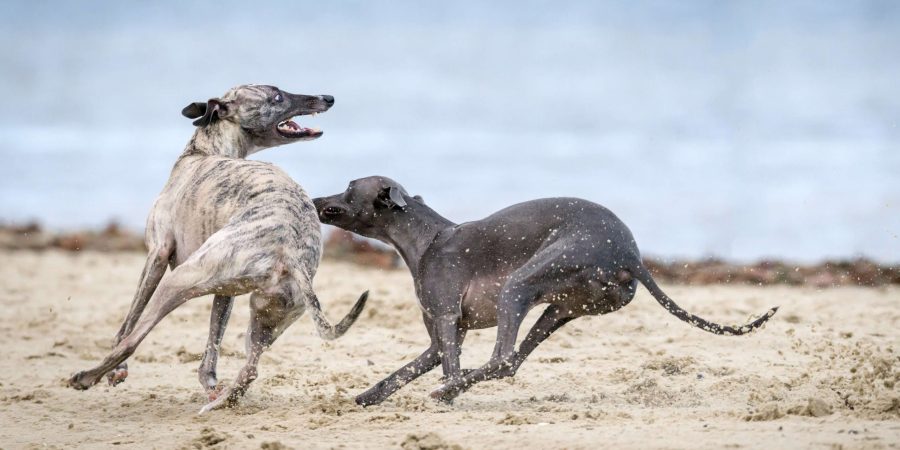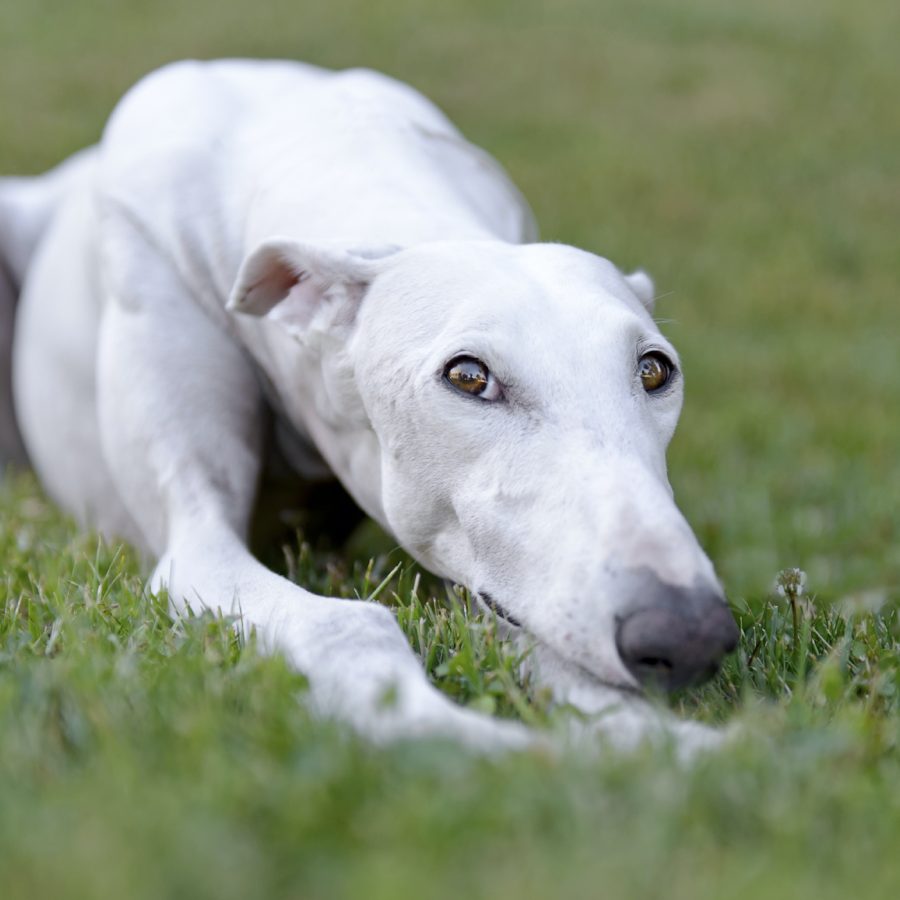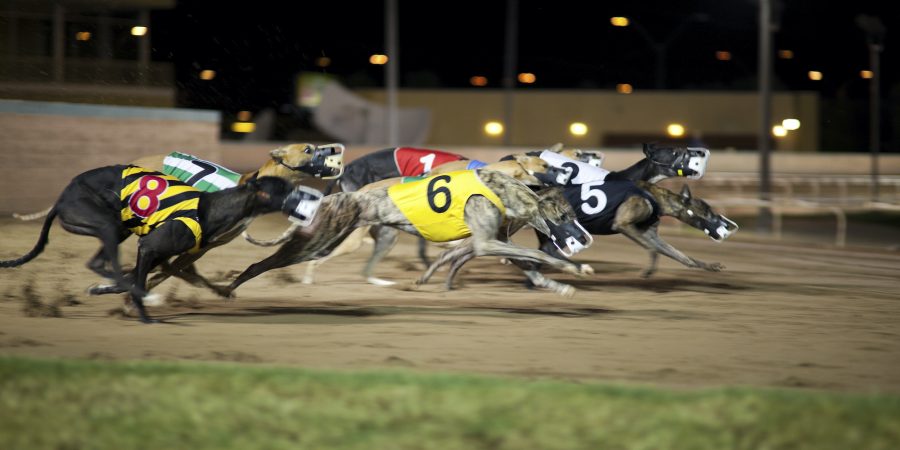Bred for no other purpose than to race and win, greyhounds in Australia are literally running for their lives.
Greyhound racing begins as a gamble and for most dogs ends in tragedy. Every year in Australia, around 10,000 greyhound pups are bred in the hope of finding a fast runner. But not every dog is suited to racing, and like a lottery ticket that has failed to pay out, many dogs and pups who don’t make the grade are discarded.











